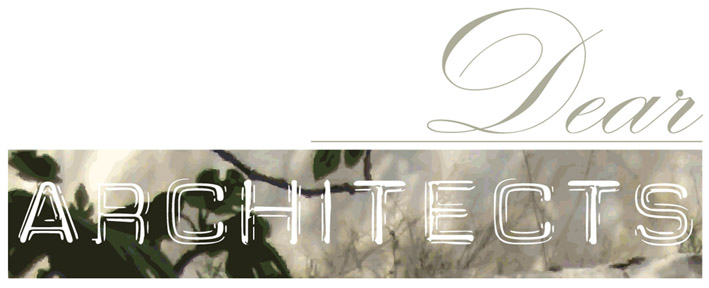Site 03
The Memorial Park, Guys



Existing between cultural manifestations and utopian configurations of nature the urban bench is a paradoxical figure. Originally and predominantly intended to be a mono-functionalist object, it struggles to accept its presence amidst the claiming of nature by cultural gestures -such as landscaping and gardening- and of cultural elements by natural processes. However much the materials and forms allude to Bucolic utopias, this uneasiness is on the one hand ingrained on the bench-object, often transforming it to a memorial of times, spaces and people, and on the other, the naturalistic idealism of its placement is upset by sights and odours, that don’t really smell of roses. This dialogue between nature and culture, monumentification and process as it takes place on the bench seems to not have interested the larger part of benchspace development or functions. Yet what are the relationships that can indeed sprout out of a reclaiming of culture, in the shape of its bench-space intervention, by nature? How does this transforms our understanding of using the bench - and of remembering the bench? And how does nature’s presence in that pivotal cultural space, the city, is reconfigured?








